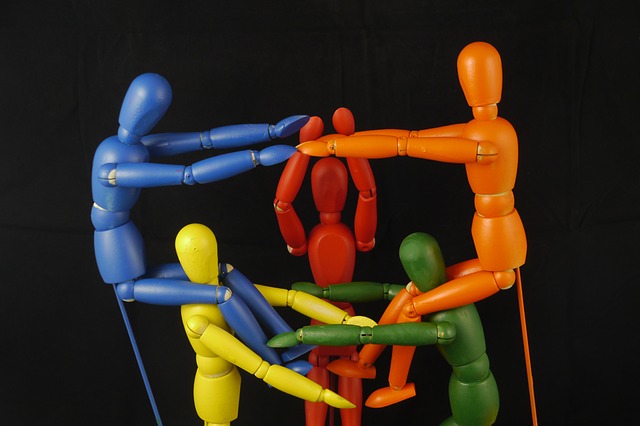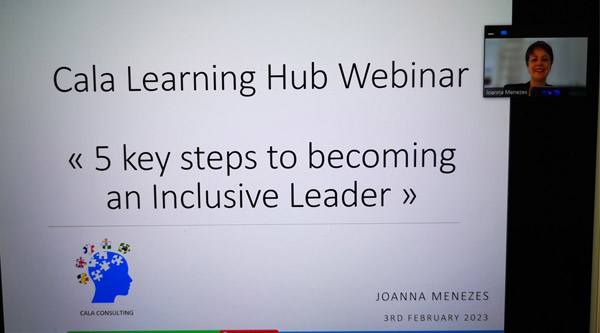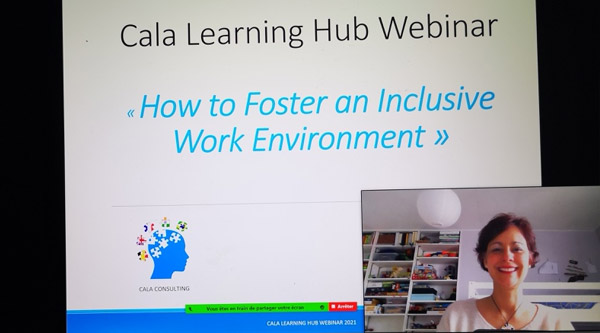What is this agility that we hear so much about these days? Is it a recent term that has emerged because of current sanitary crisis? "It is clearly a topical issue that is in the spotlight today because of the Covid crisis, but it has actually existed since the 1950s," explained Sigrid Hübner-Kolli, executive coach and facilitator, at the outset of the webinar " How to become more adaptable and agile in the workplace" which took place on 2nd July 2021. About 15 members of the Cala Learning Hub network logged on that day to learn more about the subject.
Agility in the workplace : a potential solution to a crisis
In a professional context that is increasingly complex and constantly shifting due to financial or health crises, company managers are faced with constantly changing priorities. "Agility is a potential solution," explains Sigrid. Born in the 1950s, the term was initially associated with aerial combat (agility was in fact the ability to change manoeuvres). But it gradually spread to the business world in the 1990s.
“Today, agility is not specific to manufacturing or software development," says Sigrid. "It concerns many professions: small businesses, IT, production, logistics, etc. ". More importantly, "at an individual level, it is a skill that can be developed", she continues. Agility is defined as the ability to proactively create opportunities or overcome obstacles by rethinking or redefining traditional approaches. This makes it possible to manage difficulties better and anticipate changes. In short, to respond more effectively!
The keys to identifying agile behaviour
Agility is a skill based on psychological and organisational factors (corporate culture, management...). It can be developed thanks to the 5 pillars of emotional intelligence, which are: self-awareness, self-control, personal motivation, empathy and relationship management. "In individual or team coaching, I use the Process Communication Model, but there are others such as DiSC or MBTI. This allows us to get to know ourselves and others better, so that we can increase our tolerance of each other", explains Sigrid Hübner-Kolli.
So what are the attributes of an agile person? There are 3: proactivity, adaptability and resilience. Proactivity refers to those who initiate activities that have a positive effect on their environment (by anticipating problems for example). Adaptability refers to those who are able to change their behaviour to adapt more quickly to a new environment (through continuous learning, by working in a cross-functional team).And resilience is their ability to function effectively under stress despite the changes in the environment (having a positive attitude, demonstrating higher tolerance to uncertain situations).
So how can we strengthen our own agility or that of our team?
When it comes to ourselves, we have to :
- Trust our resources, know our strengths and weaknesses;
- Develop our emotional intelligence to manage our own emotions and deal with those of other's;
- Practise active listening before making any decision;
- Know how to manage the unexpected;
- Learn to experiment
- Be able to revise our judgement or opinion.
When dealing with a team, it is recommended to :
- Strengthen cooperation, by enhancing the value of collective intelligence and collaborative work;
- Encourage innovation, for example by brainstorming to bring out good ideas;
- Anticipate stressful situations and analyse one's personal action plan by taking a step back from a given situation








 Copyright © 2016 - 2025 - Cala Consulting
Copyright © 2016 - 2025 - Cala Consulting